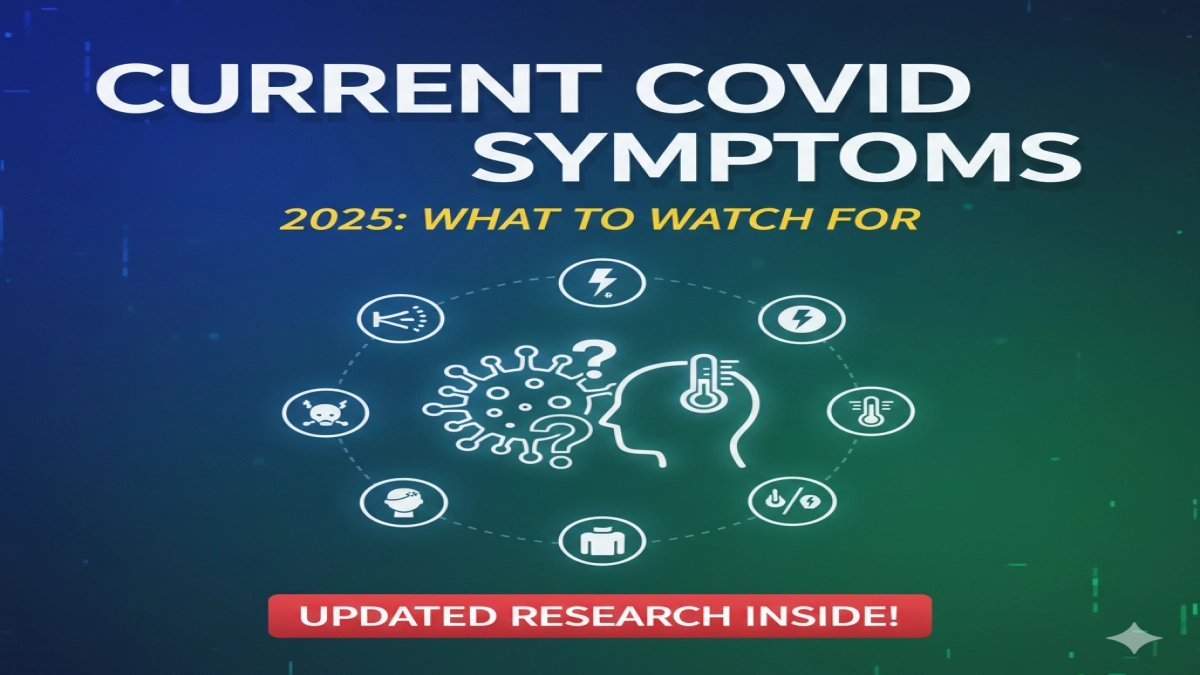As we navigate the evolving landscape of respiratory illnesses in 2025, staying informed about the latest symptom profiles is crucial for personal health and public safety. The virus responsible for the global pandemic has undergone numerous changes, influencing how symptoms present and how individuals experience the illness. This article offers a deeply researched, nuanced exploration of the current symptomatology, integrating expert insights, emerging data trends, and practical guidance to empower readers with actionable knowledge.
The Evolution of Symptom Profiles: Why It Matters
Viruses, especially those with high mutation rates, adapt over time. This natural evolution affects not only transmissibility but also the clinical manifestations of infection. Understanding these shifts is essential for:
- Early detection and timely intervention
- Differentiating from other respiratory conditions
- Informing public health strategies and personal precautions
In 2025, the symptom landscape reflects a complex interplay between viral genetics, population immunity, and environmental factors. This dynamic necessitates a fresh look beyond the initial symptom lists that dominated early pandemic phases.
Core Symptoms in 2025: What Are We Seeing?
Recent clinical observations and epidemiological studies highlight a refined set of symptoms that are most commonly reported. These include:
1. Respiratory and Upper Airway Manifestations
- Persistent dry cough: While still prevalent, the cough tends to be less severe but more prolonged in some cases.
- Mild to moderate sore throat: Often accompanied by a sensation of throat dryness or irritation.
- Nasal congestion and runny nose: These symptoms have become more prominent, sometimes mimicking common cold presentations.
2. Systemic and Neurological Symptoms
- Fatigue and malaise: A lingering tiredness that can persist beyond the acute phase, sometimes described as “brain fog.”
- Headaches: Frequently reported, varying in intensity and duration.
- Loss or alteration of taste and smell: Though less common than in previous years, these symptoms still occur, often in milder forms.
3. Gastrointestinal Indicators
- Mild nausea or diarrhea: These symptoms are less frequent but notable, especially in younger populations.
Subtle Shifts and Emerging Patterns
One of the most intriguing developments is the increased incidence of atypical symptoms, which can complicate diagnosis:
- Skin manifestations: Rashes and “COVID toes” have been documented, though less frequently.
- Cardiovascular symptoms: Palpitations and mild chest discomfort are occasionally reported, warranting further clinical attention.
- Mental health impacts: Anxiety and mood disturbances are increasingly recognized as part of the symptom complex, underscoring the virus’s broader systemic effects.
Differential Diagnosis: Navigating Overlapping Symptoms
Given the overlap with other respiratory viruses and seasonal allergies, distinguishing the current illness from other conditions is challenging. Key considerations include:
- Symptom duration and progression: COVID-related symptoms often evolve over days, whereas allergies tend to be more static.
- Exposure history and testing: Recent contact with confirmed cases and timely diagnostic testing remain critical.
- Response to treatment: Symptom relief patterns can provide clues; for example, antihistamines may alleviate allergy symptoms but not viral ones.
Practical Guidance for Individuals and Caregivers
Awareness of symptom nuances can guide effective self-care and when to seek medical advice:
When to Monitor at Home
- Mild symptoms such as low-grade fever, mild cough, and fatigue can often be managed with rest, hydration, and over-the-counter remedies.
- Monitoring oxygen saturation with a pulse oximeter can help detect early signs of respiratory compromise.
When to Seek Medical Attention
- Difficulty breathing, persistent chest pain, or confusion require immediate evaluation.
- Symptoms worsening after initial improvement may indicate complications.
Preventive Measures Remain Vital
- Vaccination and booster doses continue to play a pivotal role in reducing severity.
- Masking in high-risk settings and maintaining good hand hygiene are recommended.
Integrating Data and Experience: A Call for Continued Research
While current symptom profiles provide valuable guidance, ongoing data collection and analysis are essential. Areas ripe for further exploration include:
- Long-term symptom persistence and post-viral syndromes
- Variations in symptom expression across different demographic groups
- Impact of emerging variants on clinical presentation
Incorporating patient-reported outcomes and real-world evidence will enrich understanding and improve care strategies.
Actionable Takeaways
- Stay informed about the evolving symptom patterns to recognize illness early.
- Use a combination of symptom awareness, testing, and exposure history for accurate assessment.
- Prioritize vaccination and preventive practices to mitigate risk.
- Seek medical care promptly for severe or worsening symptoms.
- Support ongoing research efforts by participating in studies or sharing experiences.
Opportunities for Further Enrichment
This article can be augmented with:
- Proprietary data: Analysis of symptom trends from local health databases or telemedicine platforms.
- Personal anecdotes: Firsthand accounts from patients or healthcare providers illustrating symptom variability.
- Expert citations: Interviews or quotes from infectious disease specialists and epidemiologists to deepen authority.
Strategic internal linking to related content such as vaccination updates, mental health resources, and respiratory care guides will enhance user engagement and site authority.
Conclusion
Navigating the current symptom landscape requires a blend of vigilance, knowledge, and adaptability. By understanding the nuanced ways in which this illness presents in 2025, individuals and healthcare providers can better protect health and well-being. This comprehensive guide aims to serve as a definitive resource, grounded in expertise and enriched by practical wisdom, to empower readers in an ever-changing environment.

